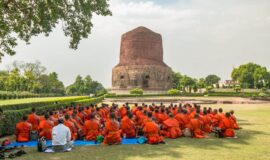The Hathi Mahal Group of Monuments, Mandu
Hathi Mahal
Apparently, this building was named after the enormous pillars which support a huge dome; hathi means elephant legs. Three recesses on either side of the elephantine pillars, strangely, do not really correspond with the rest of the structure.
The overpowering dome sits on an octagonal base with bands of inlaid tiles in beautiful patterns. Unfortunately, not much of these decorations survived. The structure houses a catacomb but was initially built to serve as a venue for entertainment and only later underwent the conversion. The tomb dates back to around the late 1400s, beginning of the 1500s when Nasiruddin Khalji was on the throne. Next to the Hathi Mahal sits a mosque. Pillars divide its 2 halls into ten alcoves and support the vaulted ceiling.
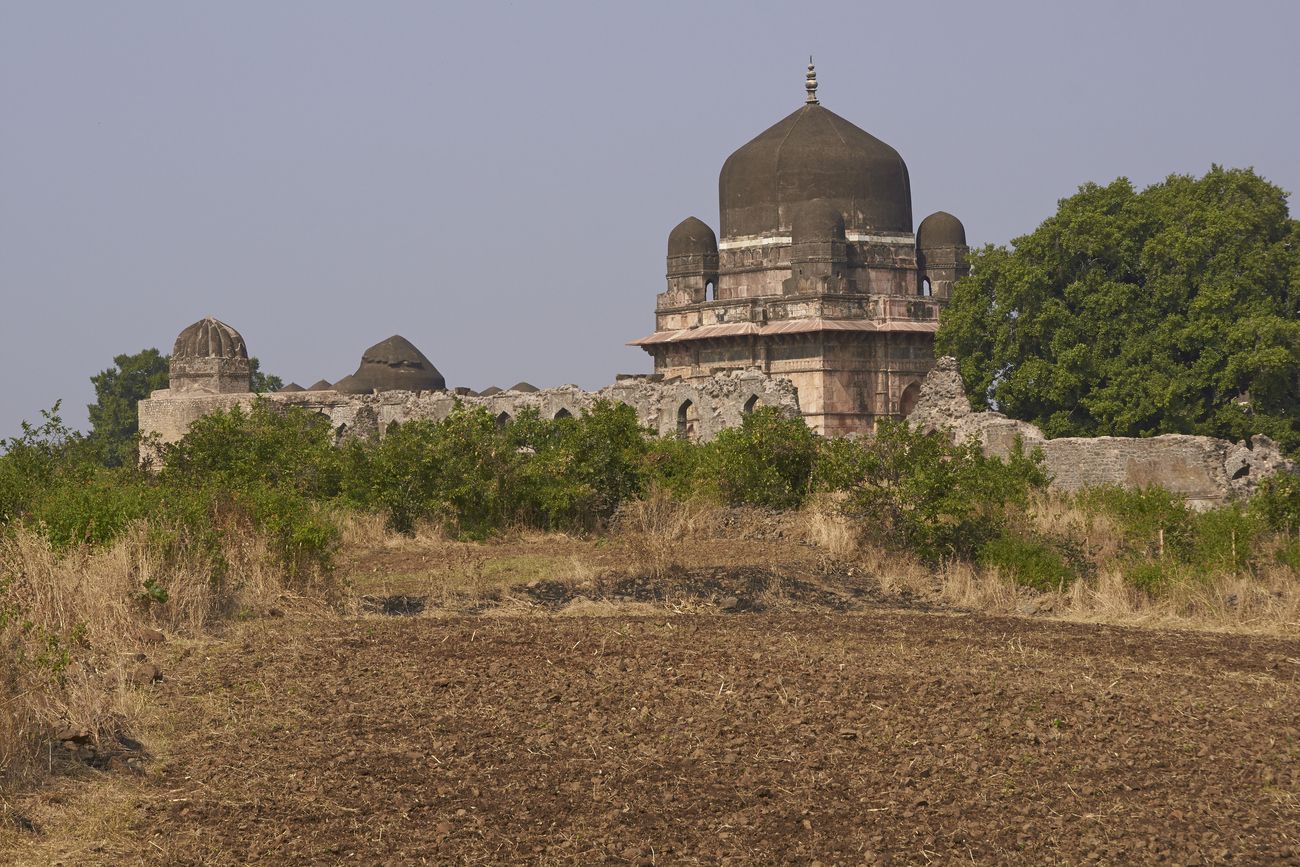
Mausoleum of Darya Khan in Mandu’s fortress on the hill. This 16th century AD structure has a central dome, as well as a smaller one on every corner in an encircled complex © JeremyRichards / Shutterstock
Darya Khan’s Tomb
Darya Khan served as a court official under Mahmud ll who reigned from 1510 to 1526. His tomb was built on an elevated platform. Evidence on the exterior suggests intricate colored enamel decorations once adorned the building. It is interesting to note that similar to the tomb of Hoshang Shah, this structure also has a main dome with four smaller ones at its corners, although not as grand as the former. Inside, arches surround the square hall and serve as support for the dome. The dome is mostly bare; the only decoration being a row of diminutive arches in blue tile inlay work. The tomb holds three graves, including the principle sarcophagus of Darya Khan.
The ruins in the vicinity of the tomb suggest that this area was once the center of bustling social activity.
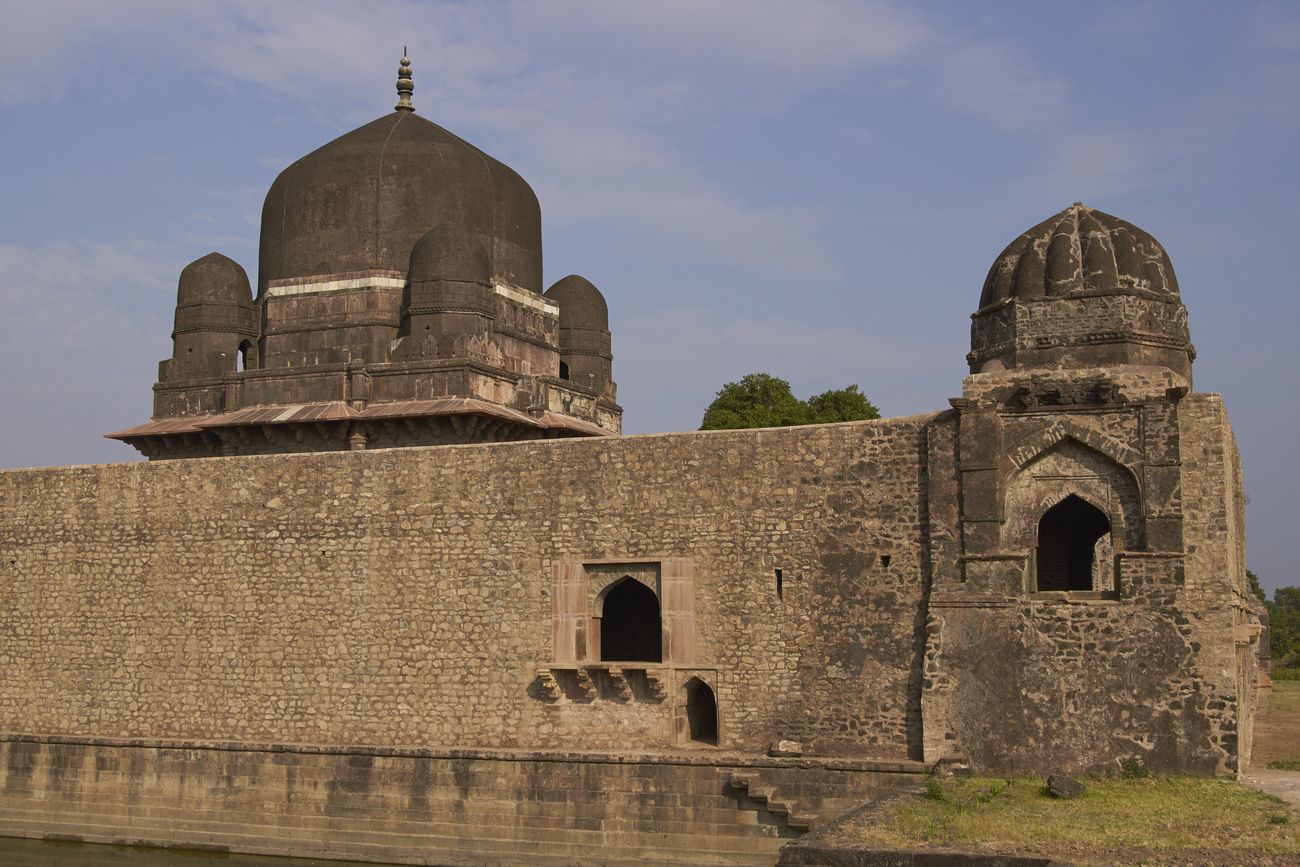
Mausoleum of Darya Khan in Mandu’s fortress on the hill. This 16th century AD structure has a central dome, as well as a smaller one on every corner in an encircled complex © JeremyRichards / Shutterstock
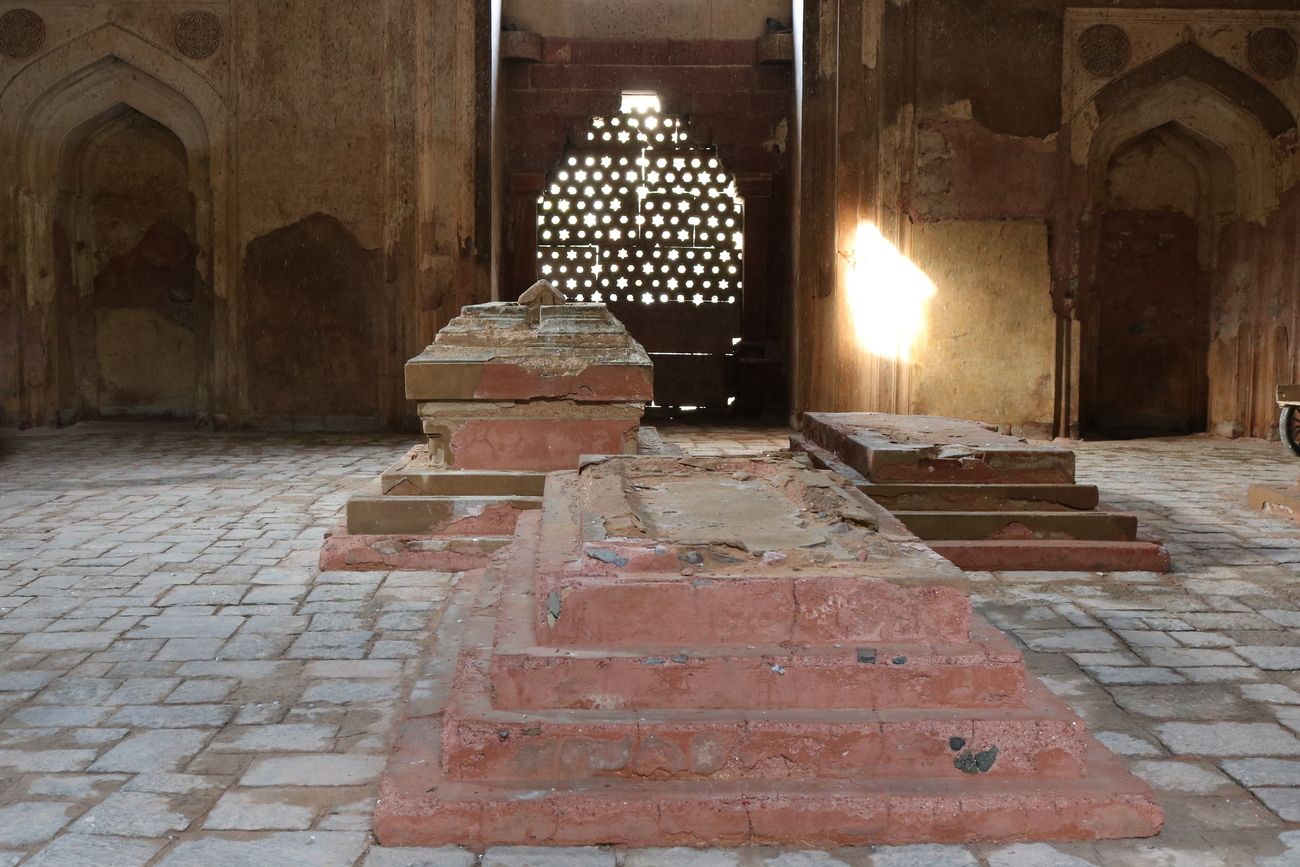
Mughal Emperor Darya Khan and his family’s tombs, Mandu © Pictorial Gestures / Shutterstock

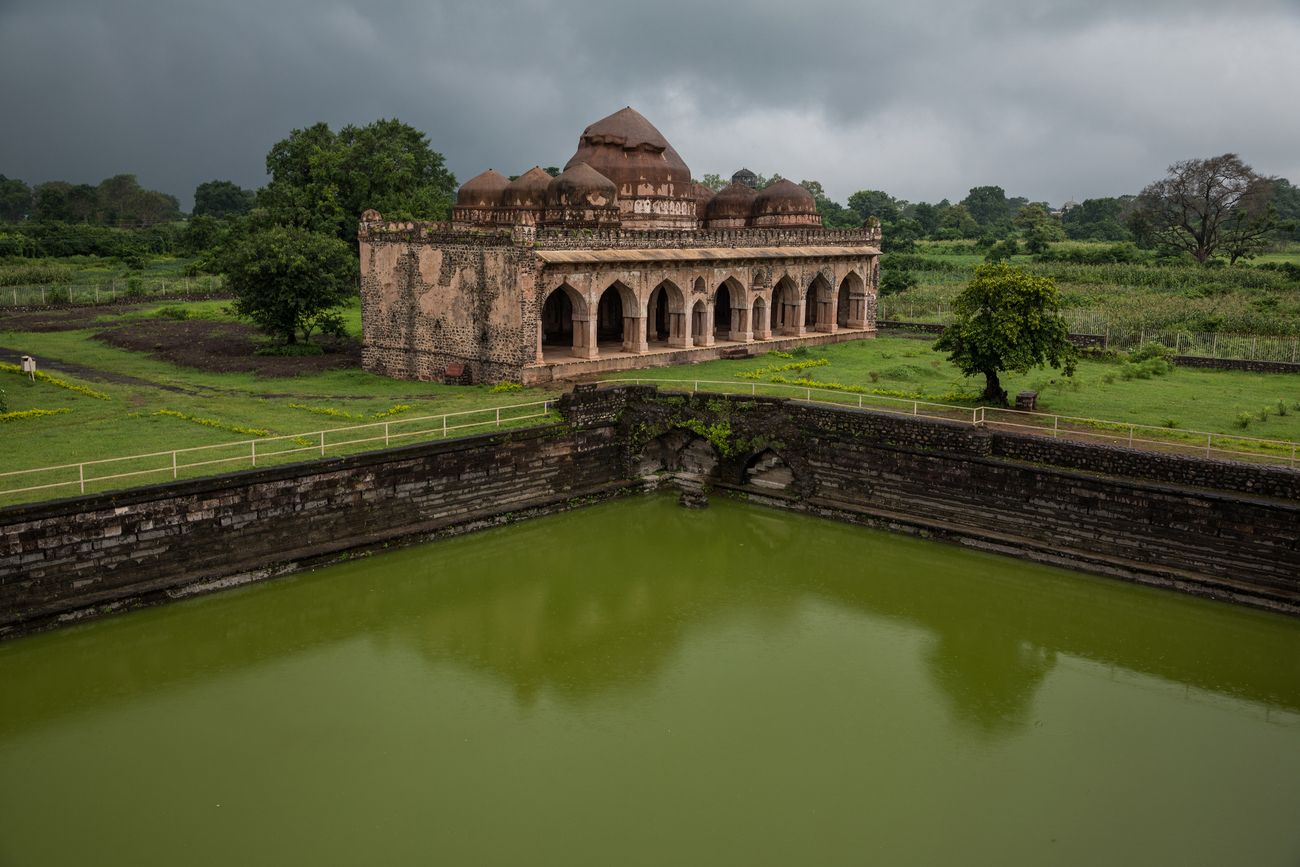
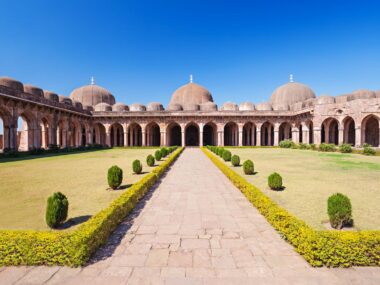
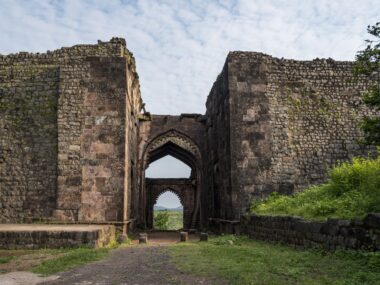
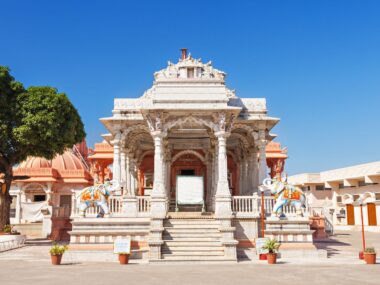
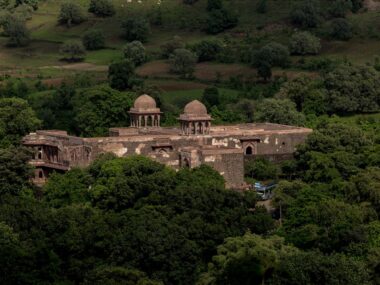
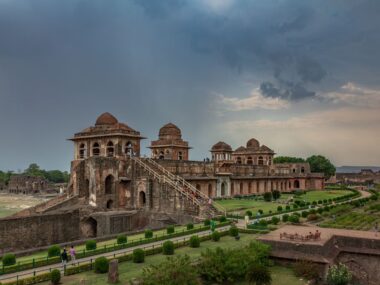
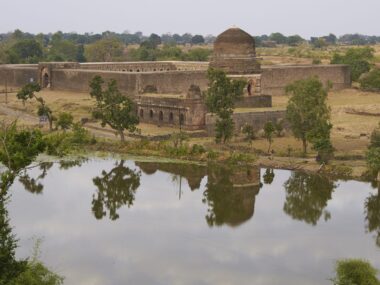
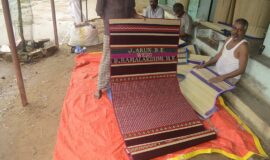


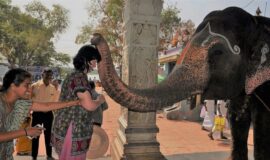

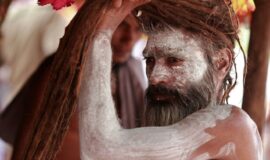
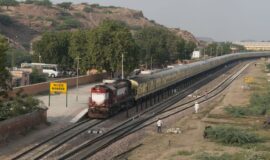
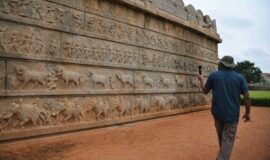
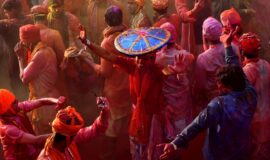


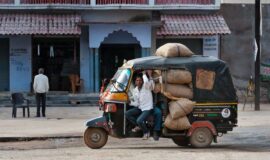

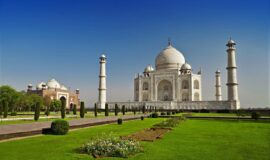
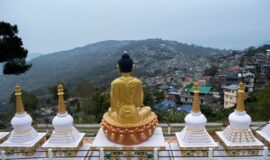
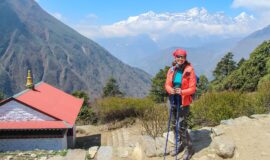
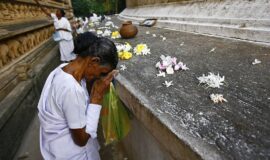
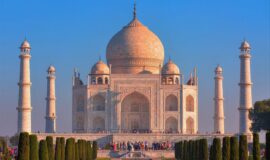
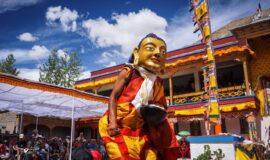

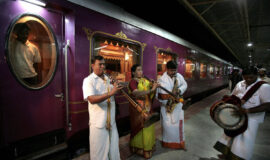
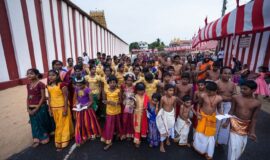
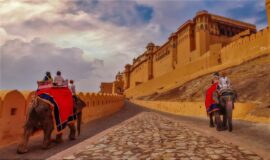
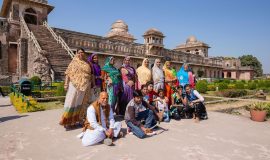
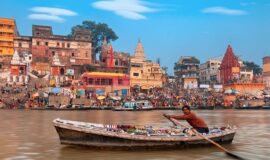

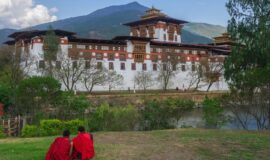

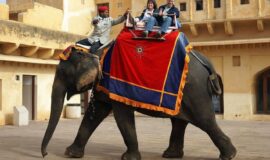
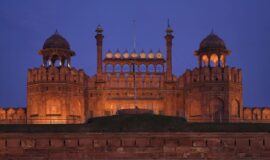
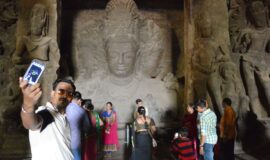

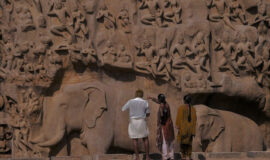
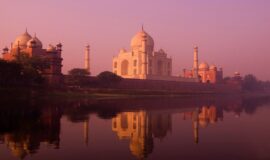


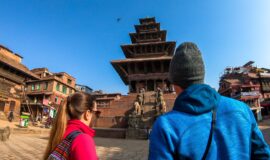




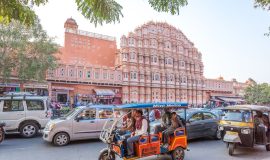
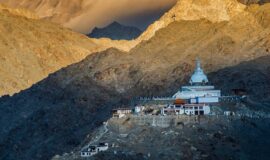
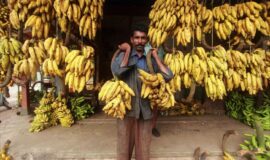


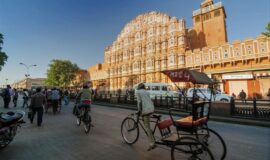


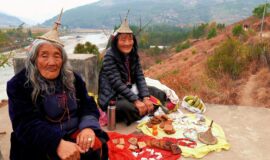


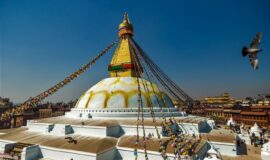

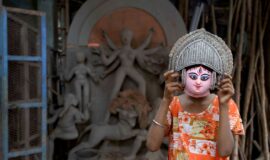
![Golden Triangle Tour with Goa [Culture + Beach Vacation] (12 days) Golden Triangle Tour with Goa [Culture + Beach Vacation] (12 days)](https://www.vacationindia.com/wp-content/uploads/2022/06/golden-triangle-tour-with-beach-vacation-270x160.jpg)
